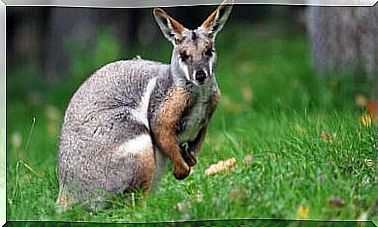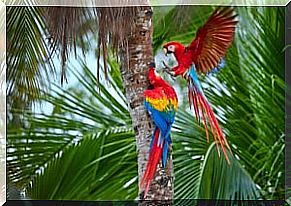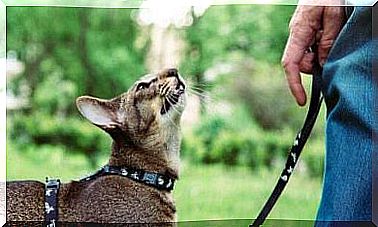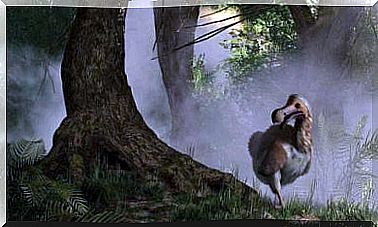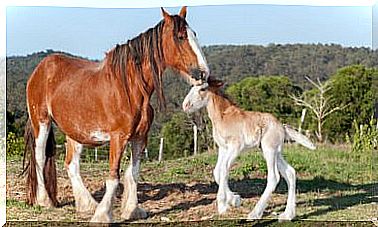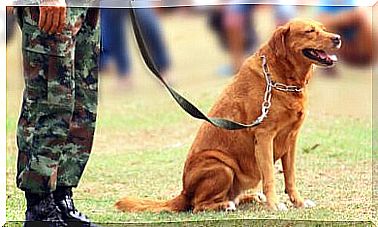The Coati, A Nice Long-nosed Animal

Its name derives from the native Guarani language and means “elongated nose”, as it is undoubtedly its main feature, along with its long ringed tail . In this article we will reveal all the curiosities about the coati, a small mammal endemic to Central and South America.
Characteristics and habitat of the coati
It is so widespread in the New Continent that it can be found from the southern United States to Argentina. It prefers warm and temperate climates with dense vegetation. The coati lives mainly in forests and jungles and moves very easily on both the ground and trees. To walk, he places his foot completely on the ground (he is plantigrade , like bears) and loves to rest among the branches.
When looking for food, it moves very fast and keeps its tail upright. It follows an omnivorous diet as it eats both insects and fruit. The long snout allows him to get food more easily: the sense of smell is certainly his most developed sense.
He is a very sociable being and meets in groups of up to 20 individuals. They are almost always female with young, as adult males are quite solitary.
Let’s now see two particularly interesting subspecies:
Red coati of South America
Its scientific name is Nasua nasua , and it lives in the jungles of Central and South America. Of course, it is characterized by its long snout and strong, thick claws, similar to those of bears. The head is thin, while the ears and feet are black.
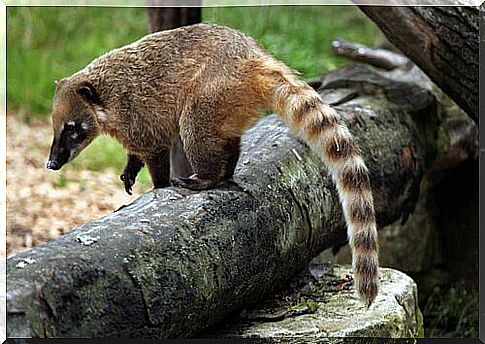
The skin of the South American red coati is brown or black, the belly lighter, and the tail shows two-tone rings. It is a real extra limb, which allows this mammal to swing among the trees. Males can measure about 70 cm, to which the 60 cm of the tail must be added. They weigh around four pounds, but females are lighter and smaller.
This coati is known for its intelligence, its ability to climb trees and dig for food, and to choose high places to rest and build burrows. It lives in groups of up to 20 specimens and one of them is responsible for monitoring and signaling possible dangers.
White-nosed lowland coati
The other subspecies of coati is scientifically called Nasua narica and is also known as the Mexican badger. It lives from Central America to a little further north, particularly in the dry and humid forests of Mexico and the southern United States.
It is omnivorous because it feeds on fruit and carrion, eggs, insects and small vertebrates. It climbs trees easily thanks to its long tail, but looks for food on the ground. Boa and birds of prey are among its main predators.
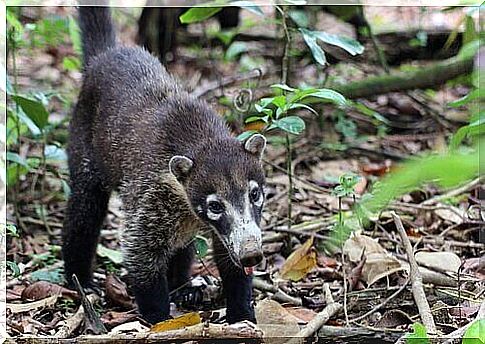
White-nosed lowland coatis are diurnal and climb a specific tree each evening to rest. In areas where there are human hunters, they can change their habits and focus their activities at night. In any case, they gather in groups of up to 30 individuals, always females with their pups and some young specimens, since adult males prefer to be alone.
They breed between February and March and the pregnancy lasts about two and a half months. The mother gives birth to seven babies, who are completely blind. Up to four months of life they feed on their mother’s milk and at two years of age, if they are male, they are obliged to leave the group.
Coati: an invasive species
There are two exceptional cases in which coatis have been introduced by man to another habitat, triggering a serious problem of environmental balance. We are talking about Spain and the Juan Fernández Islands, in Chile.
In the first case, the presence is becoming a real public health problem in areas such as the island of Mallorca. As for the invasion of Chile, these mammals are exterminating an endangered bird, the Pterodroma Bonaparte, whose eggs they eat.
Among the curiosities of the coatis it should be noted that, although it is an exotic species, some people choose to have it as a pet. Although it has a “tender” appearance, it can be quite aggressive due to hormonal problems during adulthood.
